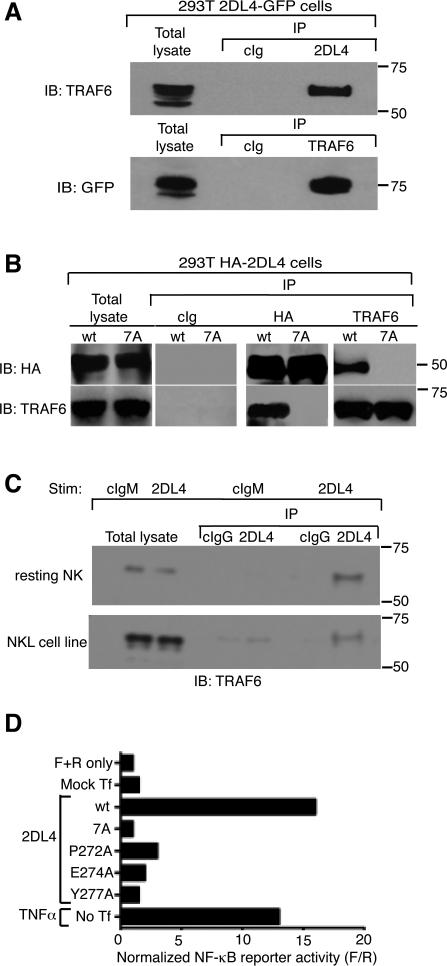FIGURE 2. A canonical TRAF6-binding motif in the 2DL4 cytoplasmic tail is required for NF-κB activation.
A, TRAF6 associates with 2DL4. Cell lysates from HEK293T–2DL4-GFP cells were immunoprecipitated (IP) with control antibody (cIg), anti-2DL4 antibody, or anti-TRAF6 antibody, as indicated, and analyzed by immunoblotting (IB) with antibodies against TRAF6 and GFP. B, Mutagenesis of the TRAF6-binding region in the cytoplasmic tail of 2DL4 abrogates binding. Wild-type (wt), HA-tagged 2DL4 (HA-2DL4) and the 7A mutant (amino acids 271-277 replaced by alanine) were transfected in HEK293T cells. After 48 h, cell lysates were immunoprecipitated with control antibody (cIg), or antibodies against HA or TRAF6 followed by immunoblotting using anti-HA and anti-TRAF6 antibodies. C, TRAF6 association with 2DL4 in resting NK cells. Resting NK cells (top panel) or rested NKL cells (bottom panel) were stimulated with IgM Abs to 2DL4 and control IgM (cIgM) as indicated for 16 h and lysed. Lysates were immunoprecipitated as indicated with control Ab (cIgG) or anti-2DL4 IgG Ab and analyzed by immunoblotting with antibodies against TRAF6. D, NF-κB reporter activity in HEK293T cells transfected with either wt 2DL4 or the indicated 2DL4 mutants. Mock Tf: mock transfection. F+R: Firefly and Renilla luciferase constructs only. Stimulation of untransfected cells with TNF-α (10 ng/ml) during the final 5 hours of culture served as a positive control. These data are representative of 3 independent experiments.

